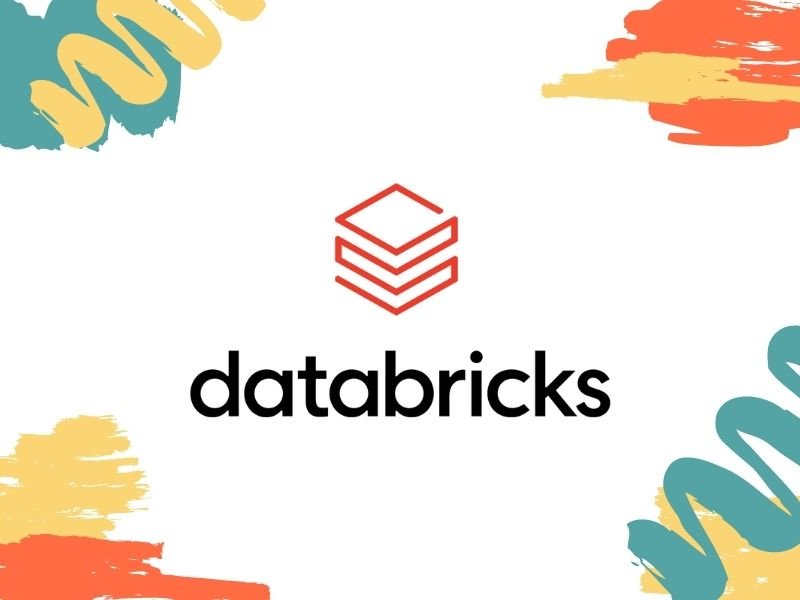Apache Spark is a powerful open-source big data processing engine that enables distributed data processing with speed and scalability. As a data engineer, mastering key Spark commands is crucial for efficiently handling large datasets, performing transformations, and optimizing performance. In this blog, we will cover the top 10 Apache Spark commands every data engineer should know.
1. Starting a SparkSession
A SparkSession is the entry point for working with Spark. It allows you to create DataFrames and interact with Spark’s various components.
Command:
from pyspark.sql import SparkSession
spark = SparkSession.builder.appName(“MySparkApp”).getOrCreate()
Explanation:
appName("MySparkApp"): Sets the name of the Spark application.getOrCreate(): Creates a new session or retrieves an existing one.
2. Creating an RDD (Resilient Distributed Dataset)
RDDs are the fundamental data structures in Spark for distributed data processing.
Command:
rdd = spark.sparkContext.parallelize([1, 2, 3, 4, 5])
Explanation:
parallelize([1, 2, 3, 4, 5]): Creates an RDD from a Python list.RDDs are immutable and can be processed in parallel across multiple nodes.
3. Creating a DataFrame
DataFrames provide a high-level API for working with structured data.
Command:
data = [(“Alice”, 25), (“Bob”, 30), (“Charlie”, 35)]
df = spark.createDataFrame(data, [“Name”, “Age”])
df.show()
Explanation:
Creates a DataFrame with two columns:
NameandAge..show()displays the DataFrame in tabular format.
4. Reading a CSV File into a DataFrame
Spark can read data from various file formats, including CSV, JSON, and Parquet.
Command:
df = spark.read.csv(“data.csv”, header=True, inferSchema=True)
df.show()
Explanation:
header=True: Treats the first row as column headers.inferSchema=True: Automatically detects column data types.
5. Performing Data Transformations (Filter, Select, Where)
Spark allows applying transformations to filter and select data efficiently.
Command:
filtered_df = df.filter(df[“Age”] > 25).select(“Name”)
filtered_df.show()
Explanation:
filter(df["Age"] > 25): Selects rows where Age is greater than 25.select("Name"): Retrieves only theNamecolumn.
6. Grouping and Aggregating Data
Aggregations are used to compute statistics like sum, average, and count.
Command:
Explanation:
Groups data by
Ageand counts the number of occurrences.Useful for analyzing categorical data.
7. Writing Data to a Parquet File
Parquet is a popular columnar storage format optimized for performance.
Command:
df.write.parquet(“output.parquet”)
Explanation:
Writes the DataFrame in Parquet format for efficient storage and retrieval.
Parquet files are compressed and optimized for Spark queries.
8. Registering a DataFrame as a Temporary SQL Table
Spark SQL allows querying DataFrames using SQL-like syntax.
Command:
df.createOrReplaceTempView(“people”)
sql_df = spark.sql(“SELECT * FROM people WHERE Age > 25”)
sql_df.show()
Explanation:
createOrReplaceTempView("people"): Creates a temporary SQL table.spark.sql("SELECT * FROM people WHERE Age > 25"): Runs an SQL query on the table.
9. Caching a DataFrame for Faster Access
Caching helps optimize performance by keeping frequently used data in memory.
Command:
df.cache()
df.count() # Triggers caching
Explanation:
cache(): Stores the DataFrame in memory.The first action (
count()) triggers caching; subsequent actions will be faster.
10. Stopping the Spark Session
Always stop the Spark session after execution to free up resources.
Command:
spark.stop()
Explanation:
Terminates the Spark session and releases memory resources.
Conclusion
These top 10 Apache Spark commands will help data engineers efficiently process and analyze large datasets. Whether you’re working with RDDs, DataFrames, SQL queries, or optimizations, these commands form the foundation of Spark development.
📥 Want to learn more about Apache Spark? Explore our hands-on courses at www.smartdatacamp.com 🚀

